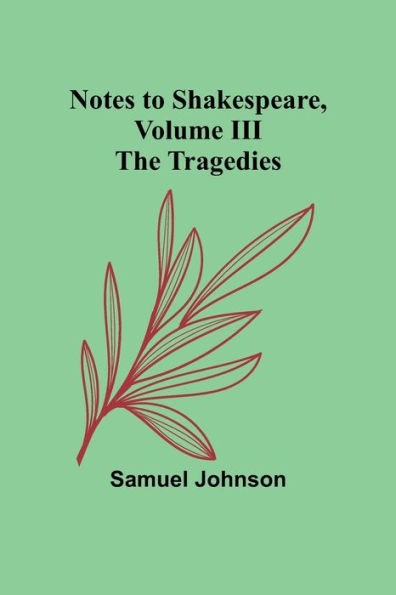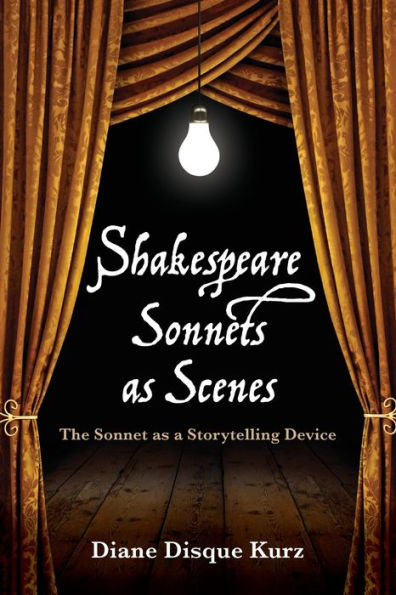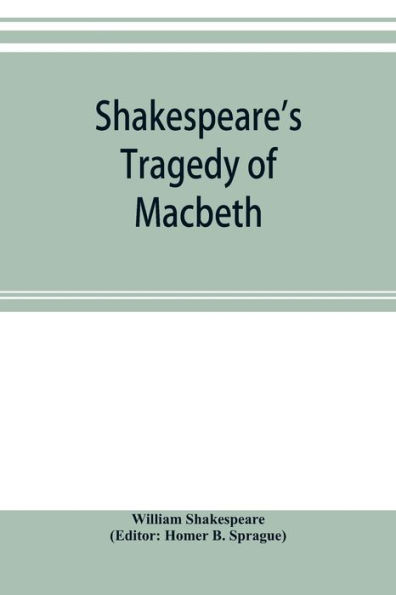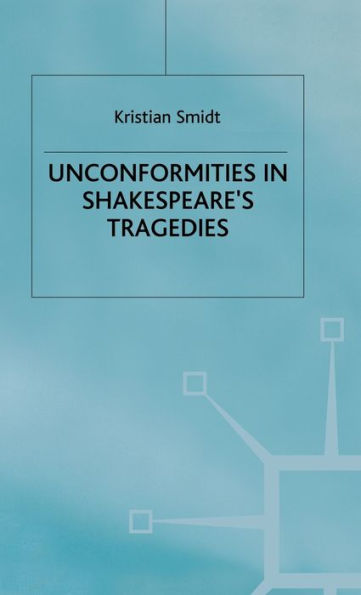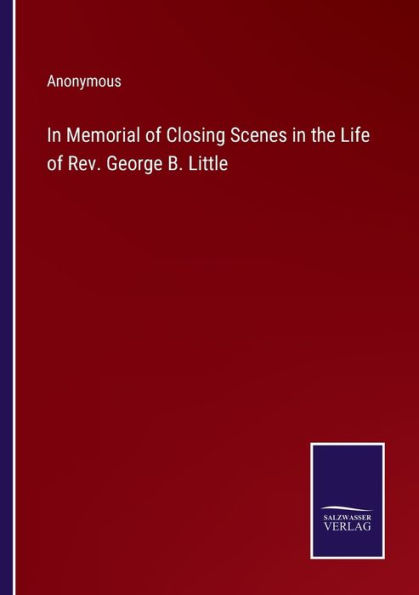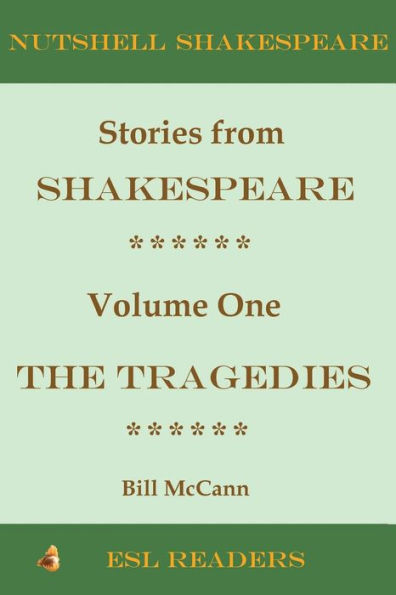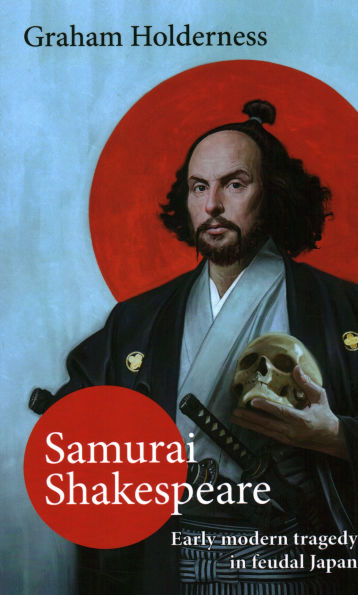Home
The Music of Close: Final Scenes Shakespeare's Tragedies
Barnes and Noble
The Music of Close: Final Scenes Shakespeare's Tragedies
Current price: $35.00
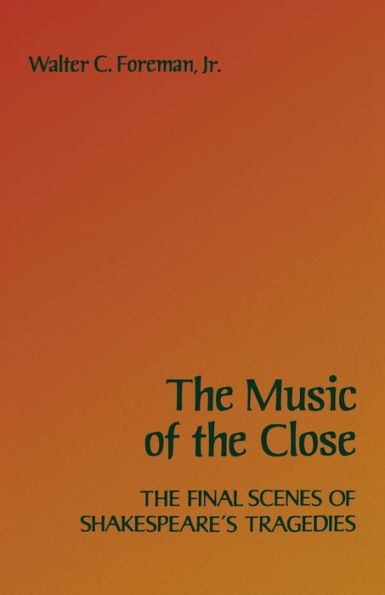

Barnes and Noble
The Music of Close: Final Scenes Shakespeare's Tragedies
Current price: $35.00
Size: Paperback
Loading Inventory...
*Product information may vary - to confirm product availability, pricing, shipping and return information please contact Barnes and Noble
In this book, Walter Foreman studies the closing scenes of Shakespeare's tragedies, considering the tragic structure of the plays and the shapes the tragic characters give their lives by the way they encounter death.
Foreman sees in the variety of tragic endings of the plays evidence that Shakespeare consciously experimented with tragic forms, for when he repeated he also changed, and changed more than superficially. Further, Foreman believes that these varieties and extensions of dramatic form were fundamentally a way of experiencing a various, often mysterious world. Extending and exploring the possibilities of tragic form, the playwright created dramatic worlds that mirror the possibilities of our own.
Among the tragedies, Foreman finds three—
Hamlet, King Lear,
and Antony and Cleopatra—that are more complex than the rest. He devotes the three final chapters of his book to the closing scenes of these plays and his readings of them are richly rewarding, giving new insights into Hamlet's acceptance of death, Lear's isolation in a moral storm, and Cleopatra's triumphant staging of her own death.
Foreman sees in the variety of tragic endings of the plays evidence that Shakespeare consciously experimented with tragic forms, for when he repeated he also changed, and changed more than superficially. Further, Foreman believes that these varieties and extensions of dramatic form were fundamentally a way of experiencing a various, often mysterious world. Extending and exploring the possibilities of tragic form, the playwright created dramatic worlds that mirror the possibilities of our own.
Among the tragedies, Foreman finds three—
Hamlet, King Lear,
and Antony and Cleopatra—that are more complex than the rest. He devotes the three final chapters of his book to the closing scenes of these plays and his readings of them are richly rewarding, giving new insights into Hamlet's acceptance of death, Lear's isolation in a moral storm, and Cleopatra's triumphant staging of her own death.
